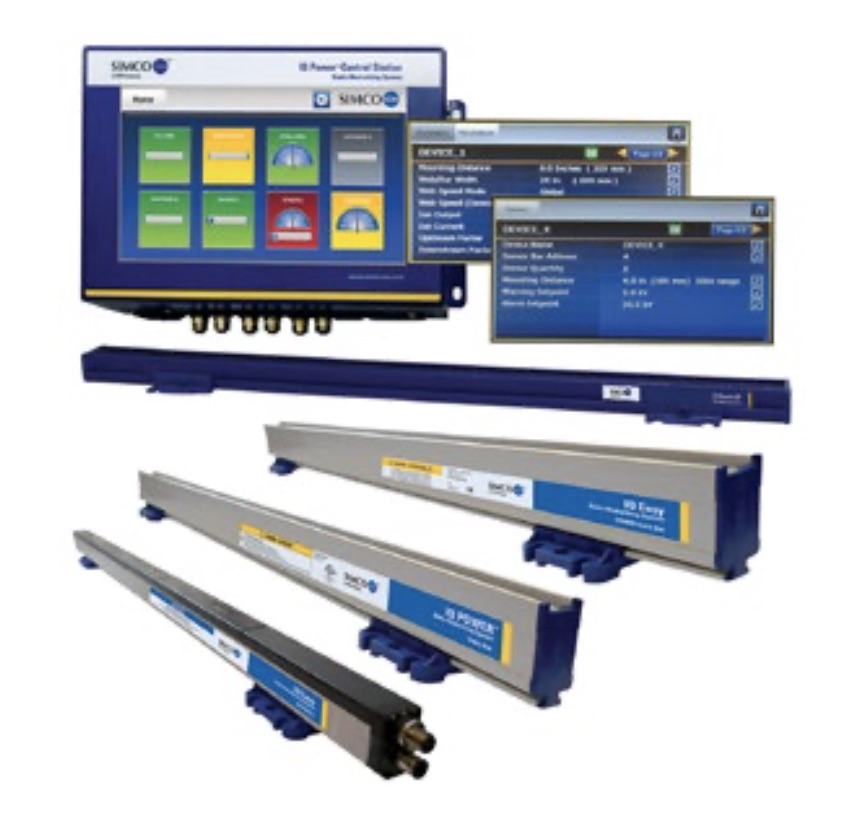Combating the Invisibles of Static Control
- Published: August 15, 2022
Contributed by Kevin Coldren, Simco-Ion Sales and Business Development Manager
Ions are all around us, and, when trapped on an insulative surface or isolated conductor they create static charges which interfere with value added converting processes like printing, coating, slitting, and laminating. This interference can take many forms: printing/coating defects, process slowdowns/ jams, contamination and operator shocks, to name a few. Unless remedied, this interference will continue unabated, as will the losses to the converter.

How does one combat the invisible? Start with introducing smart technologies: monitored static eliminators, supported by static sensors, and closed loop feedback systems. Take a systematic approach that proactively eliminates static and provides communication and then add in connectivity to your PLC, so that data on system performance is available when and where it is needed.
Once the interference posed by static charges is eliminated, converters may still have to
deal with residual contamination. Rather than relying on compressed air devices that simply relocate the contaminates, best practice is to employ a means of capturing the contaminate such that it is not only removed from the substrate but eliminated from the converting process. Current generation contact cleaners rely on engineered, traceable elastomers and adhesives, evolved well beyond the “tacky rolls” of old, and remain the best choice for printers, coaters and metallizers who insist on eliminating contaminate from their critical, valued added processes. For faster web speeds, or applications where voluminous contaminate threatens to overwhelm the converting process, there are vacuum systems, some with newer clamshell designs, that will consistently remove particles well below the visible (>50 micron) spectrum. These vacuum systems incorporate monitored static control and monitored vacuum levels for maximum effectiveness.
While ions, static charges, and associated field lines remain largely invisible, their negative impact to converters is not. Higher web speeds increase the charge on a substrate which then traps contaminate and leads to printing and packaging defects. Field lines coming from the charged surface interfere with printheads, nearby electronics and are directly linked to operator shocks and fire risks in hazardous environments. Even after static removal a 10-micron particle held onto the web by gravity will become a clearly visible 100-micron particle after coating or lamination, resulting in an obvious defect. A systemic, ROI driven approach to static and web cleaning, that takes clear advantage of advances in automation (high power, small space ionizers, Industry 4.0 communication) and cleaning technology, is the best way for the converter to improve safety, lower operating costs and improve efficiency.




